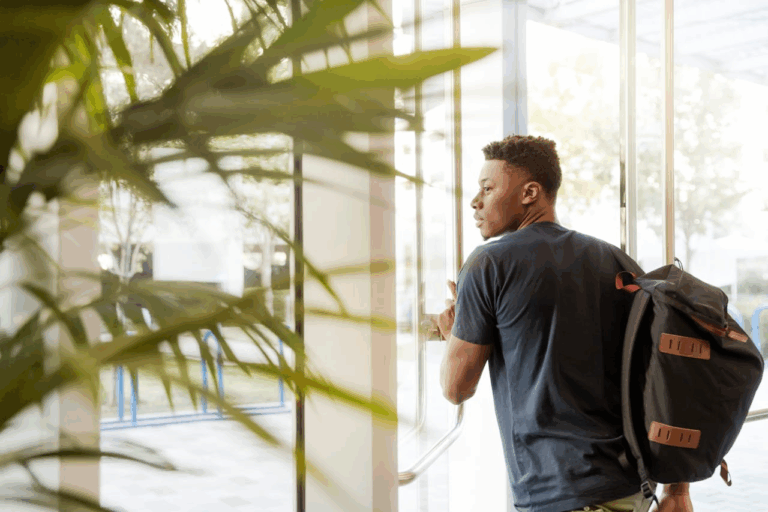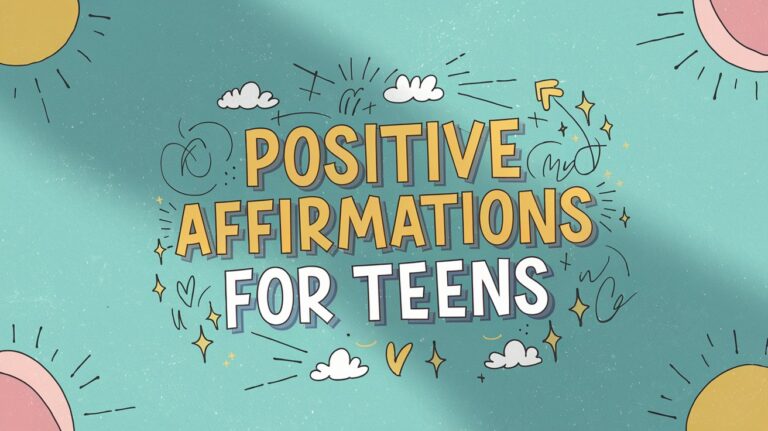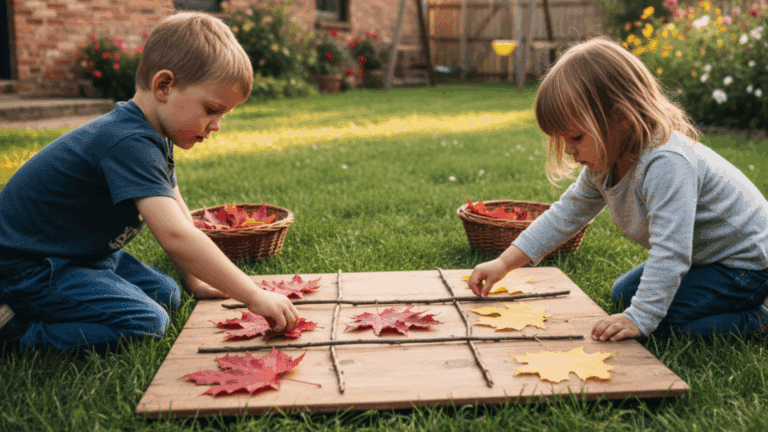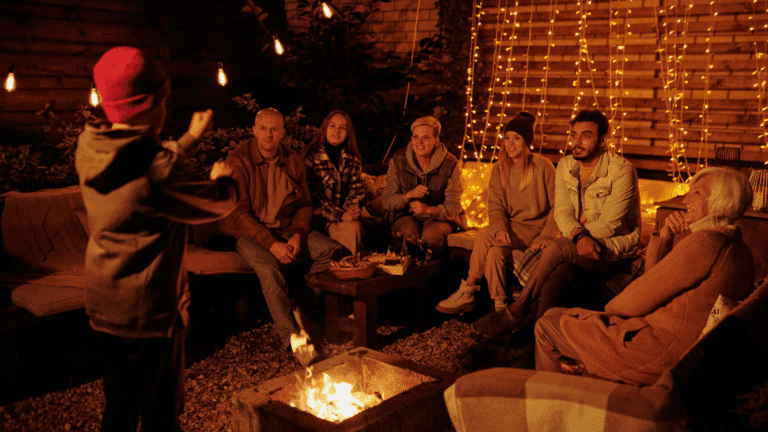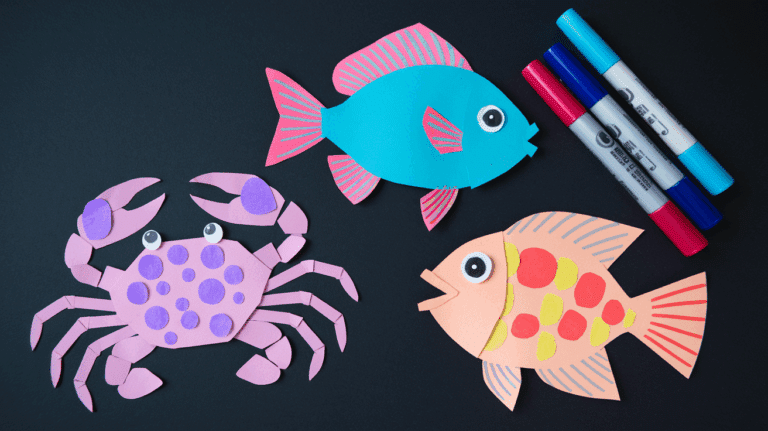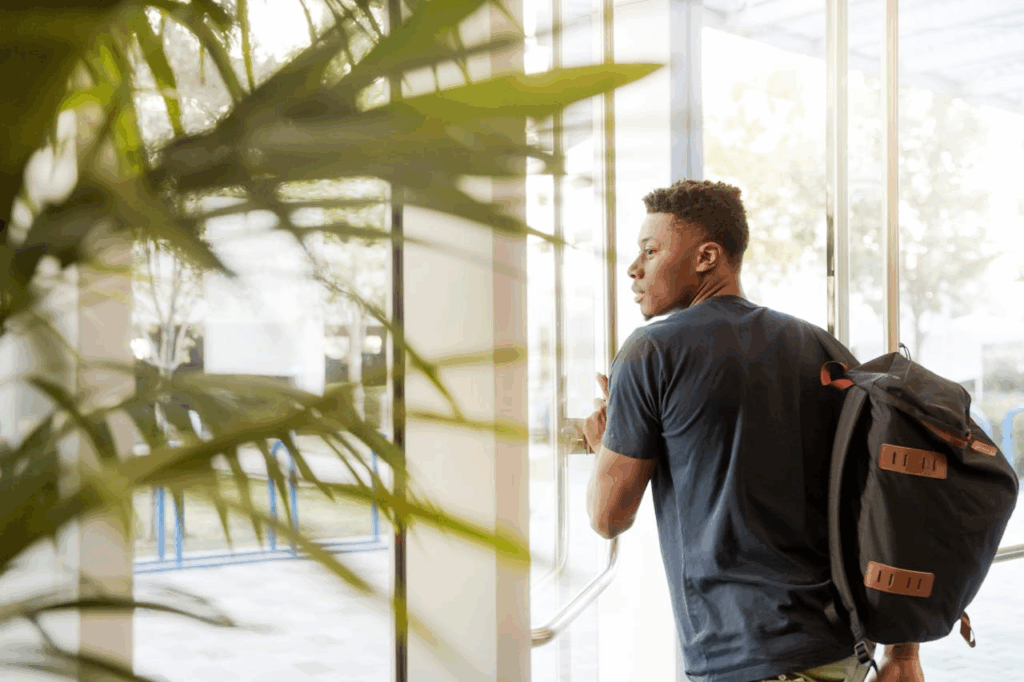In the fast-paced world of modern education, recess is often viewed as a dispensable luxury. However, this brief window of freedom is far more than just a break from classroom monotony.
It is a critical developmental period that nurtures physical, emotional, and social growth. Children are not learning machines that can sit endlessly; they are dynamic beings who require movement, interaction, and unstructured play to thrive.
Extending recess time is not about reducing academic rigor, but about creating a more holistic, balanced approach to education that recognizes the multifaceted nature of child development.
Why is Recess Time Important?
Recess serves as an essential part of the school day, providing much-needed relief from academic pressures. Beyond just a break, it is a time for children to engage in physical activity, social interactions, and cognitive development.
During recess, children have the opportunity to develop essential motor skills through play, foster friendships, and practice problem-solving in a relaxed setting.
This time allows them to recharge and return to class refreshed, improving focus and performance. Recess also promotes mental health, reducing stress and anxiety by offering an outlet for energy and emotions.
In essence, recess is not a luxury; it’s a crucial component of a child’s overall well-being and academic success.
A List of Reasons Why Recess Should Be Longer

Extended recess offers numerous benefits that can enhance both the well-being and academic performance of students. When students have more time for physical activity, social interaction, and relaxation, it leads to improved focus, creativity, and emotional health.
Here are powerful reasons why schools should prioritize longer recess breaks for their students.
-
Improves Physical Health
-
Boosts Mental Health
-
Enhances Social Skills
-
Increases Focus in Class
-
Promotes Creativity
-
Improves Emotional Regulation
-
Encourages Collaboration
-
Boosts Cognitive Function
-
Reduces Behavioral Problems
-
Supports Healthy Growth and Development
-
Helps with Obesity Prevention
-
Encourages Independence
-
Improves Academic Performance
-
Increases Physical Fitness
-
Enhances School Enjoyment
-
Supports Learning Through Play
-
Fosters Positive Teacher-Student Relationships
-
Builds Resilience
-
Reduces Restlessness
-
Enhances Brain Development
-
Reduces Tension Between Students
-
Supports Emotional Health
-
Improves Teacher Morale
-
Helps with Focused Learning
-
Promotes Positive Behavior
-
Encourages Physical Education
-
Supports Lifelong Healthy Habits
-
Helps with Socialization Skills
-
Builds Confidence
-
Strengthens Peer Relationships
-
Encourages Leadership Skills
-
Provides a Necessary Break
-
Stimulates Problem-Solving Skills
-
Helps with Mental Clarity
-
Enhances Communication Skills
-
Reduces Fatigue
-
Improves Physical Coordination
-
Helps with Stress Relief
-
Builds Teamwork Abilities
-
Encourages Healthy Competition
-
Offers Time for Free Play
-
Fosters Critical Thinking
-
Helps with Self-Regulation
-
Strengthens Emotional Intelligence
-
Provides a Structured Escape
-
Helps Reduce Overwhelm
-
Facilitates Peer Mediation
-
Enhances Listening Skills
-
Encourages Empathy
-
Stimulates Visual-Spatial Skills
-
Supports Gross Motor Development
-
Supports Fine Motor Skills
-
Reduces Anxiety in School
-
Improves Mood
-
Fosters Creativity in Arts
-
Enhances Self-Esteem
-
Reduces Loneliness
-
Encourages Positive Interactions
-
Builds Trust Among Peers
-
Encourages Outdoor Play
-
Reduces Emotional Stress
-
Supports Healthy Habits Early On
-
Increases Positive School Environment
-
Helps with Self-Expression
-
Builds Conflict Resolution Skills
-
Fosters a Positive School Culture
-
Develops Stronger Friendships
-
Encourages Mindful Awareness
-
Provides Time for Reflection
-
Strengthens Focus for Homework
-
Provides Time for Physical Exercise
-
Encourages Movement and Activity
-
Builds Accountability
-
Promotes Self-Confidence
-
Improves Posture and Balance
-
Helps with Creativity in Games
-
Teaches Negotiation Skills
-
Reduces the Risk of Childhood Depression
-
Increases Engagement in Class Activities
-
Strengthens Mental Flexibility
-
Boosts Energy Levels
-
Encourages Positive Reinforcement
-
Helps to Unwind and Recharge
-
Improves Long-Term Academic Results
-
Enhances Stress Management Techniques
-
Promotes Holistic Development
-
Reduces Time Spent in Technology Use
-
Fosters a Healthy Learning Environment
-
Allows Time for Exploration
-
Supports Emotional Healing
-
Offers Time for Quiet Reflection
-
Builds Resilience in Facing Challenges
-
Provides Time for Quiet Conversation
-
Helps Students Learn Patience
-
Boosts Collaboration Between Grades
-
Encourages New Friendships
-
Reinforces Positive Behavior Patterns
-
Reduces School Fatigue
-
Promotes Freedom of Choice
-
Increases Academic Interest
-
Allows for Individual Play Preferences
-
Reduces Aggressive Behavior
-
Boosts Physical Endurance
-
Helps Develop Healthy Sleep Patterns
-
Promotes Happy and Healthy Lifestyles
-
Reduces Fidgeting in Class
-
Provides Break from Overstimulation
-
Encourages Risk-Taking in Play
-
Reduces Pressure of Academics
-
Enhances Spatial Awareness
-
Increases Problem-Solving Ability
-
Increases Overall Well-Being
-
Strengthens Fine-Motor Coordination
-
Improves Hand-Eye Coordination
-
Increases Brain Connectivity
-
Encourages Respect for Nature
-
Helps with Peer Mediation Skills
-
Enhances Attention Span
-
Builds Gratitude in Group Play
-
Supports Children with ADHD
-
Provides Time for Personal Growth
-
Reduces Negative Peer Pressure
-
Enhances Ability to Prioritize
-
Strengthens Positive Peer Connections
-
Reduces Risk of Behavioral Issues
-
Increases Receptiveness to Learning
-
Improves Performance in Physical Education
-
Strengthens Awareness of Boundaries
-
Supports Emotional Awareness
-
Provides Opportunities for Leadership
-
Fosters Shared Experiences
-
Builds Healthy Relationship Habits
-
Increases Ability to Adapt
-
Promotes Cooperation with Teachers
-
Fosters Inclusive Play
-
Encourages Gender Neutrality in Play
-
Boosts Physical Stamina
-
Helps Balance Emotional Needs
-
Provides a Safe Outlet for Expression
-
Improves Sense of Belonging
-
Reduces Negative Impact of Stress
-
Strengthens Time Management Skills
-
Improves Self-Awareness
-
Supports Long-Term Brain Development
-
Builds Compassionate Community
-
Teaches Healthy Boundaries
-
Encourages Interaction with Nature
-
Improves Academic Test Scores
-
Builds Awareness of Others’ Needs
-
Provides Time for Healthy Conversations
-
Reduces Burnout in Students
-
Encourages Positive Behavior Choices
-
Builds Motivation to Learn
-
Improves Ability to Cope with Challenges
-
Enhances Physical Strength
-
Boosts Mental Agility
-
Helps Avoid Overexertion
-
Helps Children Form Healthy Bonds
-
Encourages Shared Playtime Responsibility
-
Teaches Planning and Organization Skills
-
Improves Self-Control
-
Develops Gross Motor Coordination
-
Encourages Spontaneity in Play
-
Teaches Kids to Take Turns
-
Helps Manage Emotional Turmoil
-
Increases Interest in Outdoor Activities
-
Encourages Self-Care Habits
-
Helps Develop Social Media Literacy
-
Enhances Intrinsic Motivation
-
Improves Peer Conflict Resolution
-
Helps with Sensory Regulation
-
Strengthens Memory and Recall
-
Reduces the Risk of School Dropout
-
Increases Participation in Classroom Discussions
-
Strengthens Classroom Bond
-
Helps Break Social Barriers
-
Encourages Unstructured Creativity
-
Supports Learning About Cultural Diversity
-
Reduces Impact of Negative Peer Influence
-
Helps Children Learn to Share
-
Enhances Cooperative Problem-Solving Skills
-
Provides Time for Meaningful Interaction
-
Supports Emotional Resilience
-
Builds Long-Term Academic Success
-
Provides Opportunities for Unplanned Fun
-
Reduces Classroom Distractions
-
Improves Group Interaction Skills
-
Helps Students Understand Personal Boundaries
-
Encourages Multicultural Play and Learning
-
Enhances Ability to Focus on Tasks
-
Reduces the Likelihood of Emotional Outbursts
-
Enhances Children’s Ability to Relate to Each Other
-
Creates a Positive School Climate
Addressing Concerns and Counterarguments
While the idea of extending recess often sparks debate, it’s important to address common concerns and highlight the benefits that can outweigh potential drawbacks.
Critics worry that longer recess will interfere with academic progress or contribute to unhealthy screen time habits.
However, these concerns can be mitigated with proper planning and a balanced approach. The table below breaks down key counterarguments and how they can be addressed effectively.
| Concern | Counterargument |
|---|---|
| Physical Activity vs. Screen Time | Longer recess promotes physical activity, reducing sedentary behavior and helping to balance screen time. |
| Balancing Academics and Play | Academic goals can still be met with structured schedules, as breaks enhance focus and retention in class. |
By addressing these concerns, we can see that the benefits of longer recess far outweigh the challenges, creating a more holistic educational experience for students.
Conclusion
In conclusion, extending recess time offers a wide array of benefits for students.
From improving physical health and social skills to enhancing cognitive function and emotional well-being, the advantages are clear.
Longer breaks allow children to recharge, develop crucial life skills, and return to the classroom with renewed focus. While academic learning is undeniably important, we must recognize that recess plays an equally vital role in a child’s overall development.
By prioritizing and extending recess time, we invest in our children’s future, fostering happier, healthier, and more well-rounded individuals ready to tackle the challenges that lie ahead.




